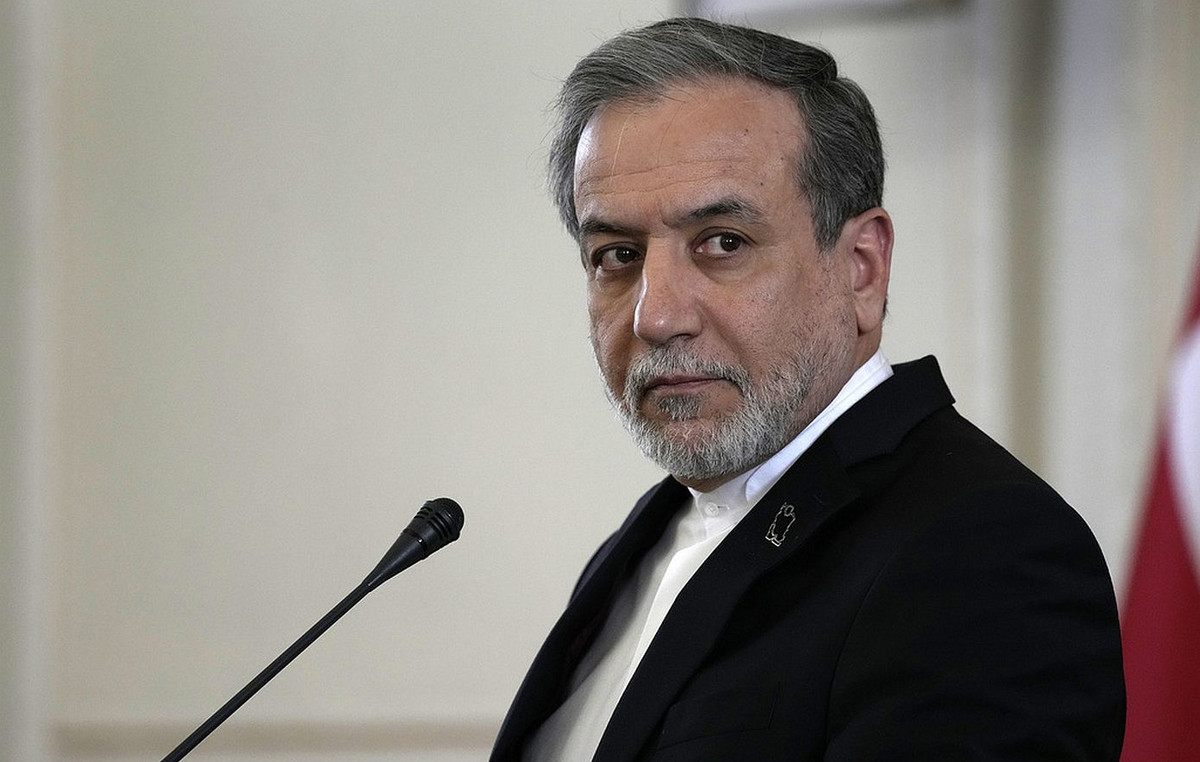- USD/JPY marks a new 38-year high of 161.27.
- Tokyo’s CPI rose to 2.3% year-on-year in June, up from 2.2% in the previous period.
- The US Dollar (USD) gains ground due to higher US Treasury yields.
USD/JPY is trading around 161.00, the highest level since 1986, during the Asian session on Friday. Consumer Price Index (CPI) inflation in Tokyo rose to 2.3% year-on-year in June, up from 2.2% in the previous period. Tokyo’s core CPI inflation, which excludes volatile food prices, also increased during the same period, reaching 2.1% year-on-year compared to 1.9% previously, surpassing the market average forecast of 2.0% year-on-year.
Japanese Finance Minister Shunichi Suzuki stated on Wednesday that he will “take appropriate measures on excessive exchange rate movements.” Suzuki refrained from commenting on specific currency levels or possible interventions, but emphasized the importance of currencies moving stably and reflecting fundamentals. Chief Cabinet Secretary Yoshimasa Hayashi expressed sentiments similar to those of the Finance Minister.
The US Dollar (USD) gains ground due to higher US Treasury yields. The 2-year and 10-year yields stand at 4.72% and 4.30%, respectively, at press time. Federal Reserve Board of Governors Michelle Bowman said Thursday that while the Fed’s current policies should be enough to bring inflation back to target, the Fed should not shy away from considering more. rate cuts if inflation data prove persistent.
Friday’s core Personal Consumption Expenditures (PCE) Price Index inflation is projected to slow year-over-year to 2.6% from 2.8% previously. This data is considered the Federal Reserve’s (Fed) preferred inflation gauge. Market participants expect signs of slowing inflation to encourage the Federal Reserve (Fed) to consider rate cuts sooner rather than later.
The Japanese Yen FAQs
The Japanese Yen (JPY) is one of the most traded currencies in the world. Its value is determined broadly by the performance of the Japanese economy, but more specifically by the policy of the Bank of Japan, the differential between the yields of Japanese and US bonds or the risk sentiment among traders, among other factors.
One of the mandates of the Bank of Japan is currency control, so its movements are key for the Yen. The BoJ has intervened directly in currency markets on occasion, usually to lower the value of the Yen, although it often refrains from doing so due to the political concerns of its major trading partners. The BoJ’s current ultra-loose monetary policy, based on massive stimulus to the economy, has caused the depreciation of the Yen against its main currency pairs. This process has been exacerbated more recently by a growing policy divergence between the Bank of Japan and other major central banks, which have opted to sharply raise interest rates to combat decades-old levels of inflation.
The Bank of Japan’s ultra-loose monetary policy stance has led to increased policy divergence with other central banks, particularly the US Federal Reserve. This favors the widening of the spread between US and Japanese 10-year bonds, which favors the Dollar against the Yen.
The Japanese Yen is often considered a safe haven investment. This means that in times of market stress, investors are more likely to put their money in the Japanese currency due to its supposed reliability and stability. In turbulent times, the Yen is likely to appreciate against other currencies that are considered riskier to invest in.
Source: Fx Street
I am Joshua Winder, a senior-level journalist and editor at World Stock Market. I specialize in covering news related to the stock market and economic trends. With more than 8 years of experience in this field, I have become an expert in financial reporting.







